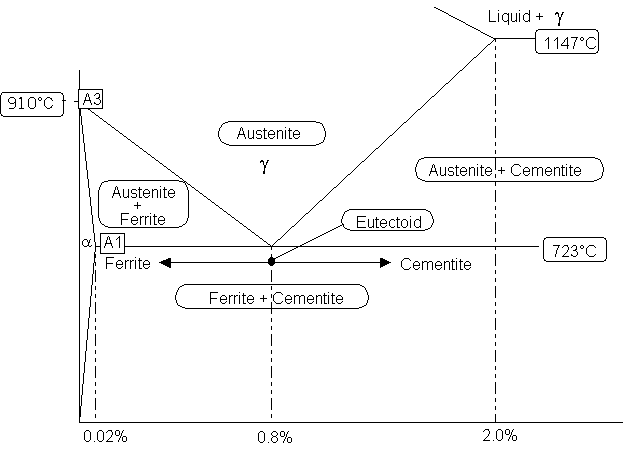Good afternoon,
I am currently working on a power plant project which is being constructed to ASME B31.3. We came across an issue where a 6" flanged connection was immediately suppose to be welded to a 6" elbow; however, the gap was over 3/4" and production decided to weld a "pup" piece of less than 10mm in order to make up the gap.
I realize there is nothing in B31.3 to reject this, but is there any grounds that I can reject this?
I was thinking of doing a hardness test (not required) on the piece as the HAZs are very overlapped, but I doubt the contractor will approve of this without something in the code specifying that there COULD be an issue to begin with.
Any help with this would be appreciated.
I am currently working on a power plant project which is being constructed to ASME B31.3. We came across an issue where a 6" flanged connection was immediately suppose to be welded to a 6" elbow; however, the gap was over 3/4" and production decided to weld a "pup" piece of less than 10mm in order to make up the gap.
I realize there is nothing in B31.3 to reject this, but is there any grounds that I can reject this?
I was thinking of doing a hardness test (not required) on the piece as the HAZs are very overlapped, but I doubt the contractor will approve of this without something in the code specifying that there COULD be an issue to begin with.
Any help with this would be appreciated.

![[yawn] [yawn] [yawn]](/data/assets/smilies/yawn.gif)
